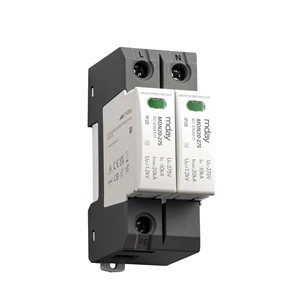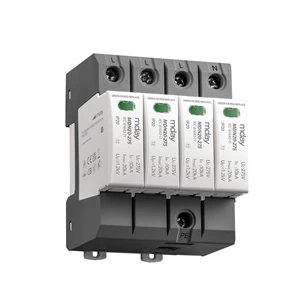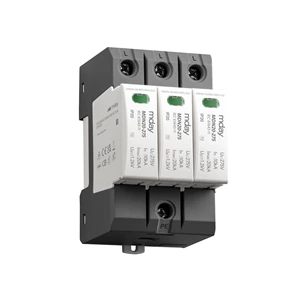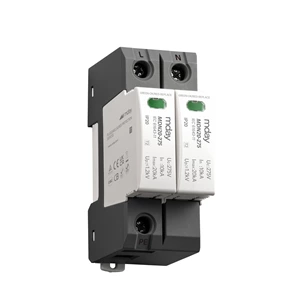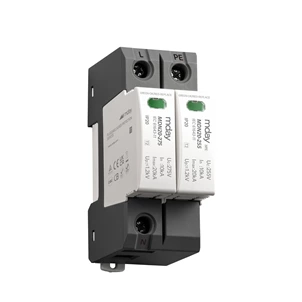Differences Between Lightning Arresters And Surge Protectors
Both lightning arresters and surge protective device are designed to shield electrical equipment from sudden voltage fluctuations, but they differ in several key ways:
Working Principle
Lightning arresters primarily protect equipment by diverting overvoltages to ground or other devices, thereby reducing the voltage on the equipment. On the other hand, surge protector incorporate an MOV (Metal Oxide Varistor) into the circuit. When the voltage becomes too high, the MOV resistance immediately decreases, diverting overvoltages to ground and effectively eliminating voltage fluctuations.
Scope of Application
Lightning arresters are primarily designed to handle extremely strong voltage fluctuations, such as those caused by lightning strikes.Surge protectors are better suited for handling residual current after a direct lightning strike and transient overvoltages caused by switching operations.
Application Areas
Lightning arresters are generally used for protecting outdoor electrical equipment, such as communication towers, power substations, and oil/gas pipelines. Surge protectors are commonly employed for safeguarding indoor electrical equipment, including computers, network devices, and telephone lines.
Price
Due to differences in the technologies involved and their application domains, the prices of lightning arresters and surge protection device vary. Typically, lightning arresters are more expensive, while surge protectors are relatively less costly.
Response Time
Surge protectors typically respond extremely quickly, in less than 25 nanoseconds, to divert overvoltages. Lightning arresters have a slower response time, requiring milliseconds to adjust the circuit.
In summary, while both lightning arresters and surge protectors shield electrical equipment from voltage fluctuations, they differ in operating principles, suitability, application domains, pricing, and response times. Selecting the appropriate protection device depends on the specific application scenario and requirements.






